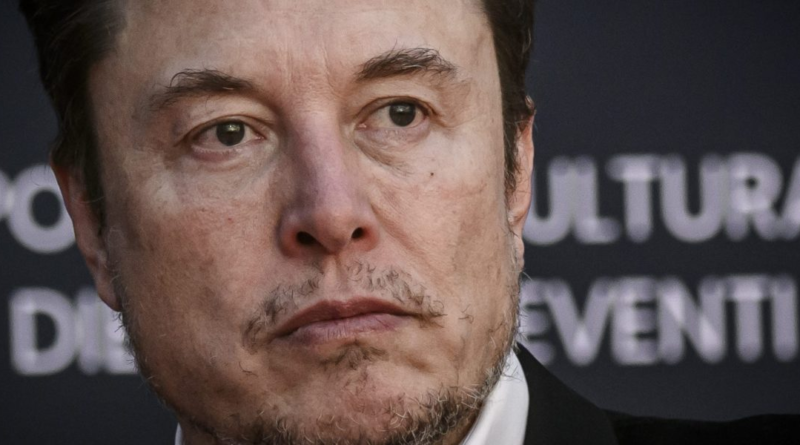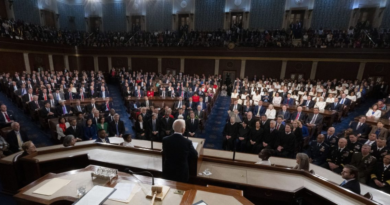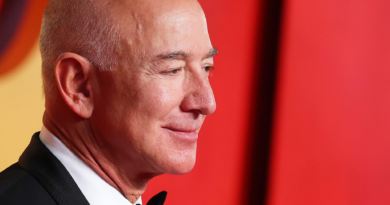Elon Musk reportedly quizzed Tesla managers on which staff could be fired—the last time he did that it didn’t end well for Twitter employees
Tesla workers may have reason to fear for their jobs after EV production appears to have outstripped demand growth, leading to a glut in the market.
According to unnamed sources cited by Bloomberg, employee performance reviews that had already been completed were suddenly reopened with one new question—is this employee’s role critical? Managers unable to convincingly answer that question to their superiors could see their headcount reduced.
While Tesla is still heavily recruiting in areas like artificial intelligence, the approach is eerily familiar to the strategy Musk used just before he began laying off staff at Twitter. The scale of potential job cuts could be different—the cuts at Twitter reached 80%, although over numerous waves—but the need to trim back costs where feasible is not in doubt.
“The whole entire EV market is still facing price cuts and slower demand, and I think that’s what Tesla is trying to address,” Steve Man, auto analyst with Bloomberg Intelligence, said on Wednesday. “The company needs to do something to address some of the short-term challenges they are facing.”
Although EV sales continue to rise, the previous bottleneck in supply around 2021 has given way to a glut that swamped demand, especially as more automakers launched new EV models in recent months.
In the fourth quarter, for example, Ford subsidized dollar-for-dollar every single EV sold, with the Model E division reporting a negative 98% margin due in large part to a price war started by Elon Musk. Even Tesla itself forecasts “notably lower” growth in 2024.
Since its annual cash outlays for new plants and equipment will jump from $8.9 billion in 2023 to $10 billion this year, the company needs to be more efficient with the resources they already have. But finance chief Vaibhav Taneja admitted last month on the Q4 investor call there was not much more scope to drive down procurement, logistics and manufacturing costs.
“They plucked all the low hanging fruit. There’s not much to cut anymore other than looking at their human resources,” Man explained.
Tesla’s in-house parts
Tesla employs 140,500 employees that collectively sold 1.8 million cars last year. By comparison, Toyota—often held up as an industry benchmark in productivity—has 370,000 people on payroll that together built and sold wholesale to dealers some 11.2 million vehicles.
Even accounting for Tesla’s higher average transaction price per vehice, a Toyota worker brings in turnover worth $810,000 per year, while his Tesla colleague only achieves $690,000.
The single biggest reason for that is Tesla’s deep vertical integration. It’s not just that they operate their own dealerships, or have started to make some 4680 battery cells in addition to those sourced from the likes of Panasonic. Even their seats are produced in-house, a rarity as most carmakers procure them from specialist suppliers including Adient, Faurecia and Lear.
Of course Tesla is also involved in a number of areas outside of cars, including most notably their Optimus robot. But the heavy investments in these future AI fields won’t pay off in the form of meaningful commercial sales any time soon. In the meantime they must be subsidized by the core automotive business responsible for 85% of group revenue.
“Obviously you don’t want to cut,” Mann said, referring to Tesla’s staff. “But I think they have to.”
Tesla could not be reached for comment.




